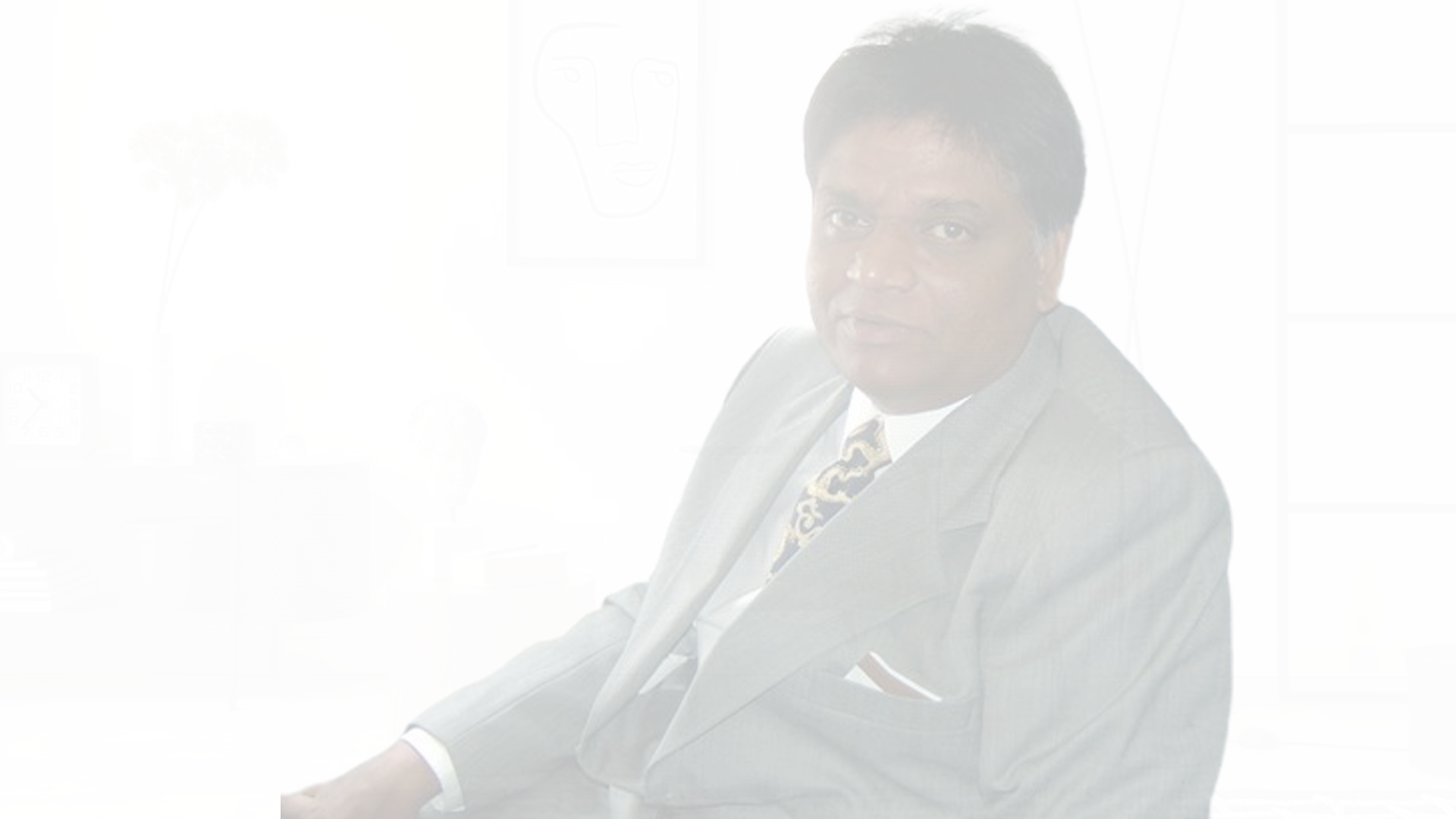Knowledge Sharing: The purpose of this book is to share knowledge and expertise on the often complex and multifaceted process of software maintenance and modernization. It aims to distil best practices, real-world experiences, and effective strategies into a single resource.
Addressing a Common Challenge: Legacy software is prevalent across various industries, and organizations encounter difficulties in keeping these systems up to date. This book aims to help readers navigate the challenges associated with legacy software and applications, offering solutions for everything from maintenance to full-scale modernization.
Supporting Decision-Making: Software maintenance and modernization decisions are critical for a n organization’s future. The book’s purpose is to provide readers with the information needed to make informed decisions about the most suitable strategies for their specific situations, whether that involves incremental improvements or a complete overhaul.
Enabling Digital Transformation: In an era of digital transformation, modernizing software is often a pivotal step. This book aims to empower readers by providing practical guidance, knowledge and tools necessary to transform their software application and systems, making them more agile, secure, and aligned with current business needs.
Enable Successful Transformation: By sharing strategies, case studies, and pitfalls to avoid, the book empowers individuals and organizations to embark on successful software modernization journeys. It aims to reduce the risk and uncertainty associated with such transitions.
Promote Innovation: Modernization isn’t just about upgrading technology; it’s about embracing innovation. This book encourages readers to explore cutting-edge technologies, adopt agile methodologies, and foster a culture of continuous improvement.
Facilitate Legacy Asset Reuse: It emphasizes the importance of extracting valuable artefacts from legacy systems, ensuring that years of investment and expertise are not lost but instead leveraged in new, Greenfield development efforts.
Long-Term Sustainability: The book’s purpose is to guide organizations in ensuring the long-term sustainability of their software investments. It emphasizes strategies that promote durability, scalability, and adaptability.
Address Industry Needs: In an era where legacy systems coexist with modern technology stacks, this book addresses the practical needs of various industries and professionals who grapple with legacy software on a daily basis.

An accomplished executive and successful businessperson with over 25 years of experience in leading and constructing proficient teams specialized in enterprise application modernization and technology solutions. Overseeing various operations and functions while managing extensive workforces, has consistently delivered innovative solutions that transform an organization’s application landscape into cutting-edge platforms, effectively mitigating risk, reducing costs, and fostering growth.
© 2025 Maintenance to Modernization All Right Reserved.